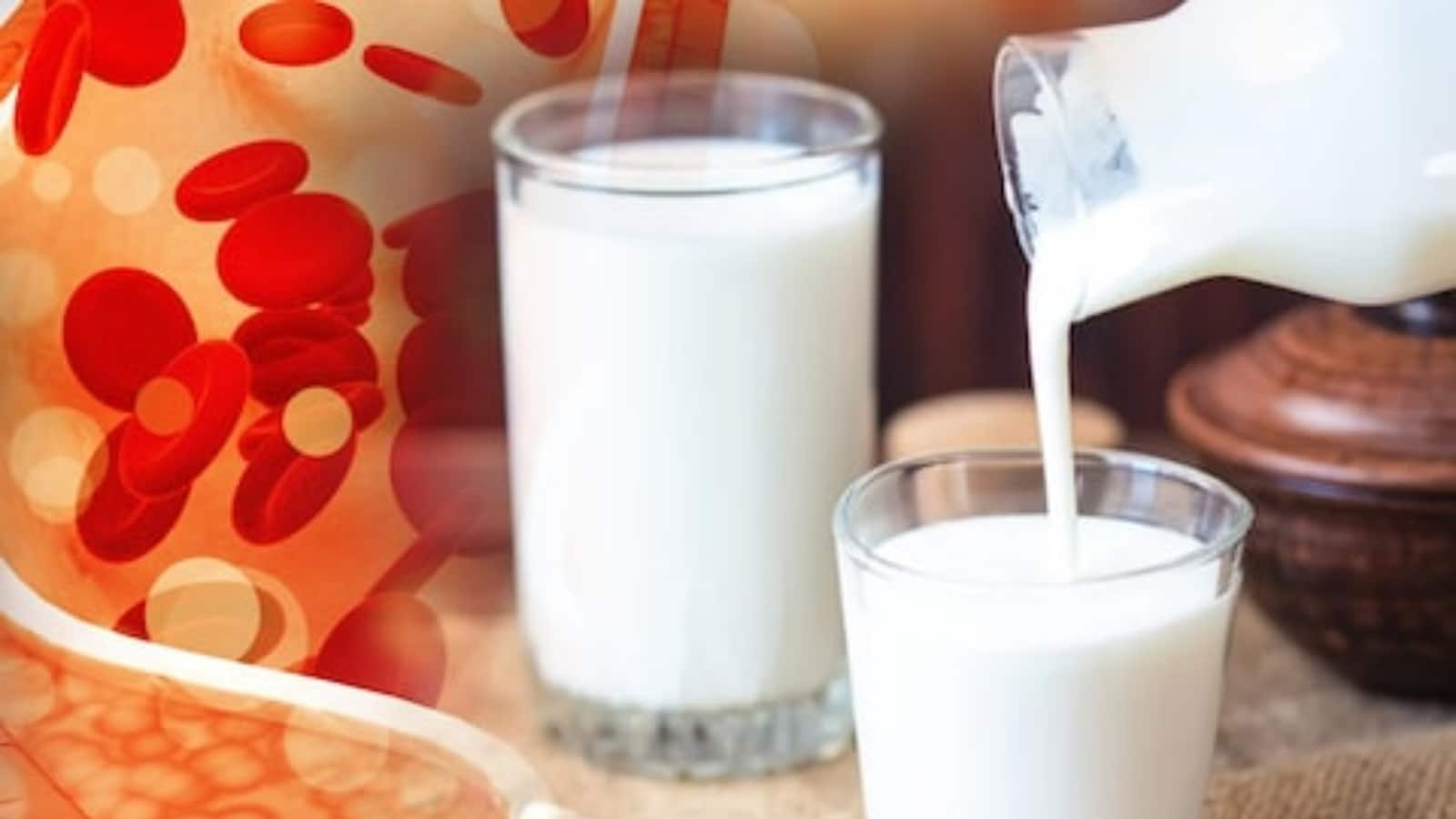Does Milk Consumption Cause Acne? All You Need To Know
Acne is commonly associated with puberty, but it can affect people of all ages. This skin condition is typically caused by clogged pores. The oil on your skin (sebum oil) combines with dead skin cells, clogging the pore and resulting in a pimple. However, acne is also inflammatory. Bacteria can thrive in an environment made up of sebum oil and dead skin cells.
Cutibacterium acnes, or C. acnes, multiplies in the clogged pore, causing inflammation. This is what causes a pimple to become red and swollen. Some doctors believe that what we eat can affect our skin and worsen acne, and evidence is mounting that points to something you probably think of as healthy as milk. According to studies, milk drinkers have more severe acne than non-milk drinkers.
Relation between Acne and Dairy (milk)
Although researchers are still learning about the precise role of diet in acne, it is clear that diet may influence the severity of your acne in some way. Although no single food appears to cause acne, certain foods may worsen your breakouts and this may be true for dairy.
A 2019 meta-analysis of prior studies concluded that total dairy consumption and total milk consumption were both related to the occurrence of acne. This was true for milk of any fat content. However, yoghurt and cheese did not appear to be linked to acne, as stated by the researchers. Then later there was a meta-analysis from just a year ago that concluded all dairy, including yoghurt and cheese, was linked to an increased risk of acne.
Potential causes of acne
Hormones
Some experts believe that the hormones found in milk contribute to pimples. Milk contains androgen hormones, which have long been linked to the development of acne. One androgen, in particular, testosterone, is strongly linked to acne development.
Testosterone generates dihydrotestosterone via a complex chain reaction (DHT) in your body. DHT stimulates the sebaceous glands, resulting in oilier skin that is more susceptible to pore blockages and, eventually, pimples and acne.
IGF-1 Growth Factor
Many dairy farmers use hormones to increase milk production in their cows. The IGF-1 growth factor is one such hormone. IGF-1 levels in the human body peak during adolescence, when acne is typically at its worst. Acne can be triggered by IGF-1, testosterone, and DHT, according to experts. Several studies have linked high milk consumption to high IGF-1 levels, with skim milk being associated with higher IGF-1 levels than whole milk.
Milk proteins
Skim milk has a stronger association with acne than low-fat or whole milk. This could imply that the relationship is due to other components of milk, such as milk proteins, rather than milk fat content. Whey and casein are the two main proteins found in milk. Whey increases blood insulin levels, whereas casein increases IGF-1. These proteins have the potential to cause an acne breakout.
Read all the Latest Lifestyle News here
For all the latest lifestyle News Click Here

